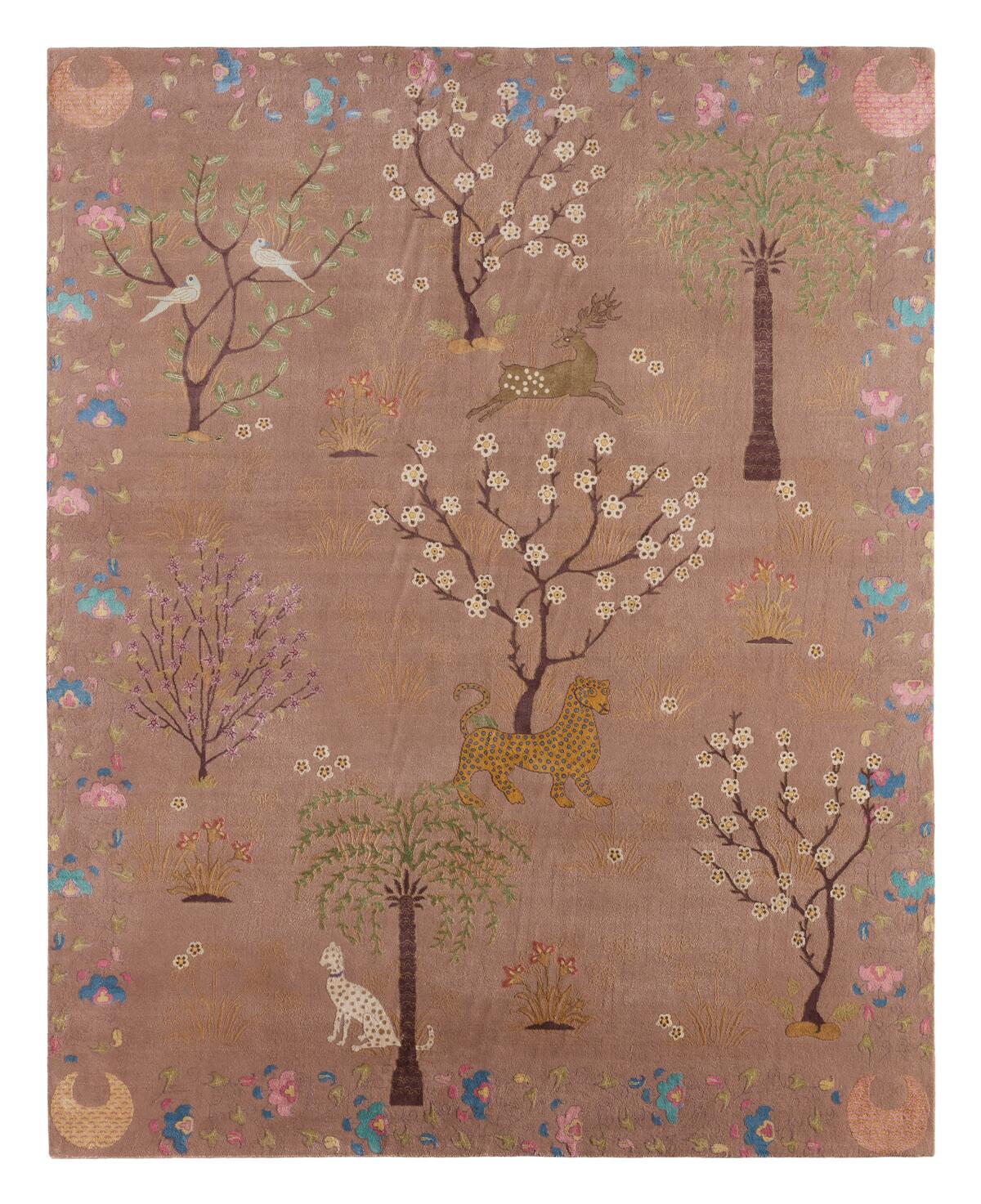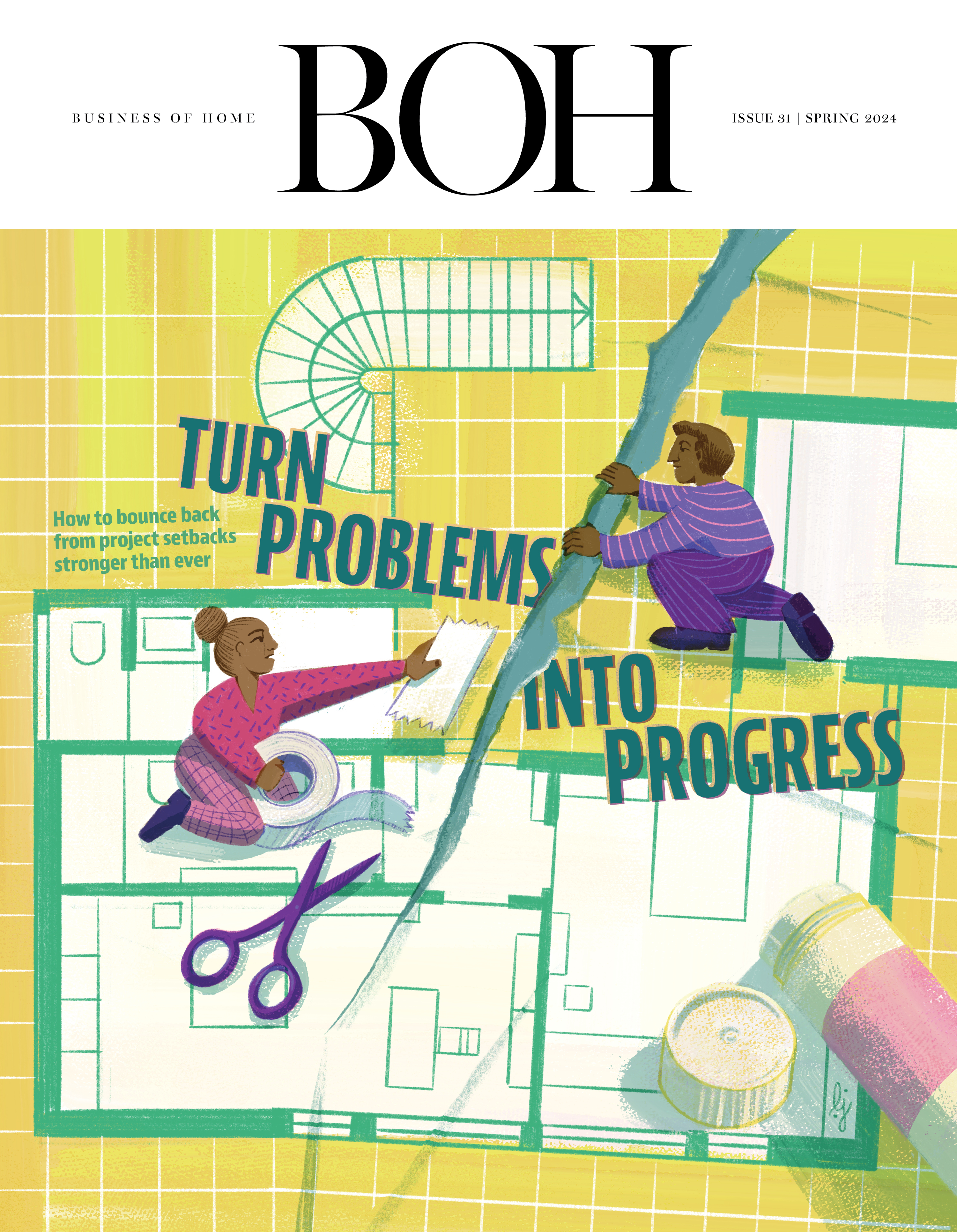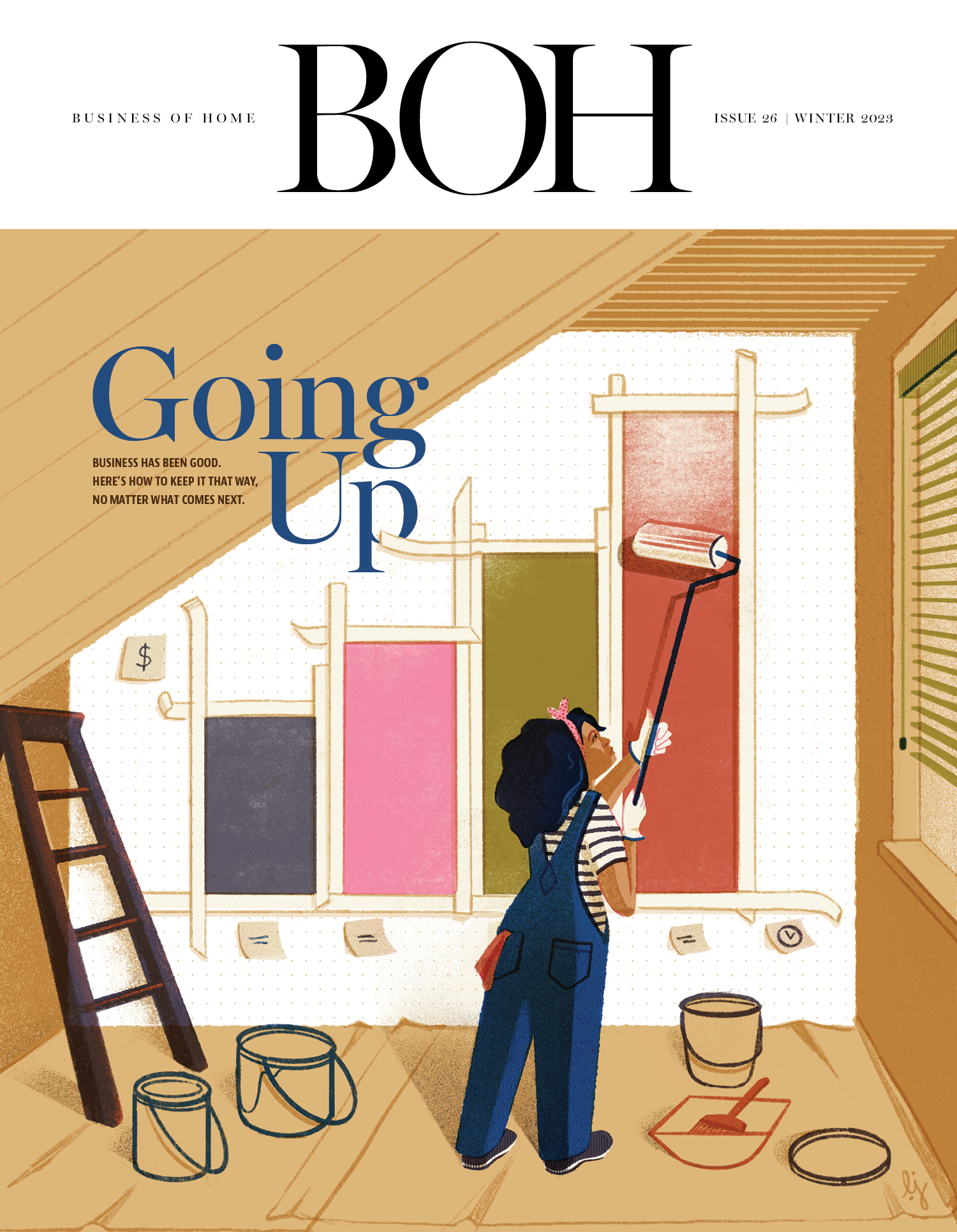This week in design, Carrie Bradshaw’s time on-screen may be coming to an end, but the Sex and the City character’s New York real estate journey remains etched into the minds of viewers. Stay in the know with our weekly roundup of headlines, launches, events, recommended reading and more.
Business News
Soho House is going private again. A group of investors led by New York–based hospitality group MCR Hotels has reached a deal to buy up shares of the luxury members club and take it off the public markets, The Wall Street Journal reports. The agreement will see controlling shareholder Ron Burkle roll over his stake, while remaining shareholders will receive $9 per share—placing Soho House’s value at roughly $1.8 billion, excluding debt. (Soho House says the transaction amounts to $2.7 billion, including debt.) Additionally, the deal, which is expected to close by the end of the year, comes with several changes in company leadership: Actor and tech investor Ashton Kutcher will join the board, and hospitality veteran Neil Thomson will succeed Thomas Allen as chief financial officer. After debuting with a single club in London in 1995, the company has continuously expanded, now boasting 46 locations and more than 250,000 members. Since going public in 2021 at $14 a share, however, its stock has been subject to volatility amid uneven growth, never regaining its IPO price and mostly languishing between $5 and $6 a share in recent years.
Warren Buffett’s Berkshire Hathaway has purchased more than 7 million shares—a nearly $800 million investment—of homebuilding giant Lennar. According to a Securities and Exchange Commission filing last week, the conglomerate bought 1.8 million Lennar shares for $222 million in the first quarter of the year, followed by 5.3 million for $575 million in the second quarter. It’s not the only homebuilding investment Berkshire Hathaway has made this year: It also purchased 1.5 million shares of Texas-based D.R. Horton for $203 million in the first quarter.
The 25 percent tariff placed on Indian goods entering the United States—a rate that’s already untenable for many of the exporters—is set to double on August 27, imperiling many of India’s businesses, The New York Times reports. The country’s rug making industry will be particularly vulnerable to the new policy, as nearly 60 percent of those exports go to U.S. buyers. Under the proposed 50 percent tariff, American importers would be hit with an additional $2,500 fee on a $5,000 rug—in many cases, pushing their wares to price points that will alienate core customers. The ramifications could also be severe for India’s other exporting industries, including textiles, apparel and furniture: According to one fourth-generation carpet maker and former leader of the industry’s trade promotion council, the policies could plunge an estimated 2.5 million people into subsistence-level poverty.
An increasing number of older Americans are opting out of homeownership in favor of renting, The Wall Street Journal reports. The 55-and-older age bracket is the fastest-growing group of renters, while in the last decade alone, the share of renters 65 and older rose 30 percent. Plus, more than 60 percent of residents in 55-plus rental communities sold homes they previously owned before making the move. Along with passing off the chores of home repairs and maintenance to a community staff, many are looking to avoid the ever-growing costs associated with rising property taxes and insurance premiums.

Design-focused communications agency Dada Goldberg has announced a merger with social media agency Palasse, Women’s Wear Daily reports. The terms of the deal were not disclosed. Founded in 2012 by Defne Aydintasbas and Rebecca Goldberg Brodsky, Dada Goldberg has long serviced clients in the design industry—including boldfaced design-world names like Colin King, Athena Calderone and Jeremiah Brent—along with expanding over the years into the arts, fashion, hospitality, luxury real estate and culinary industries. Palasse, meanwhile, is helmed by Alexandre Corda, who brings more than 15 years of experience in social media marketing along with clients like Lauren Rottet, Suchi Reddy and jewelry designer Lucrezia Buccellati. Together, the two agencies plan to consolidate their services as a singular brand advisory firm.
Launches and Collaborations
Pottery Barn has teamed up with fashion designer and television personality Brandon Maxwell for the debut of his first-ever home collection. The collaboration introduces Maxwell’s Americana-inspired aesthetic into an assortment of bedding, tabletop, upholstery, decor and lighting—with a rich palette of navy and green hues and distinct motifs, including a toile pattern embedded with imagery that hearkens back to his Texas childhood.
Jaipur Living tapped AD100 designer Pavitra Rajaram to create the limited-edition Majnun rug collection, which draws from design traditions cultivated across the Indian subcontinent, with roots in the craftsmanship that sprung up along the Silk Road. Launching October 1st, the six pieces nod to the ancient cultures of Persia, China and India, viewed through a modern lens with a rich wool and silk blend.
Showhouses
The previously postponed Kips Bay Decorator Show House New York has debuted the lineup of designers who will be reimagining a historic Greenwich Village townhouse for the event’s 50th anniversary. Among the 21-person cohort are Ben Pentreath, Corey Damen Jenkins and Eve Robinson. The space will open its doors to the public on September 30, with proceeds to benefit the Kips Bay Boys & Girls Club.
Recommended Reading
Is beauty in interior design overrated? Artist and maker Spencer Daly of design studio Apartment 1007 argued as much on Instagram last week, writing that “ugly is the gateway to the beautiful.” His post inspired this week’s For Scale Substack newsletter, which is focused on embracing “ugly” decor—not just “chic-ugly,” but genuinely offbeat pieces that reject traditional beauty standards and resist algorithmic flattening.
When microtrends take hold on social media, it can be hard to resist the urge to jump on the bandwagon—but niche aesthetics like “sardine girl summer” often look hopelessly dated in a few months’ time. In fact, one interior design expert analyzed online data to determine the average lifespan of a microtrend, pegging it at around 10 months. With that in mind, for Elle Decor, Julia Cancilla consulted designers on how to avoid giving in to fleeting trends, while also offering a few tips on “flirting” with the latest design craze rather than fully committing.




















.jpg?1757447080)








